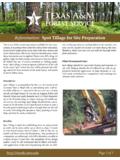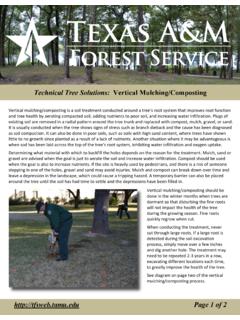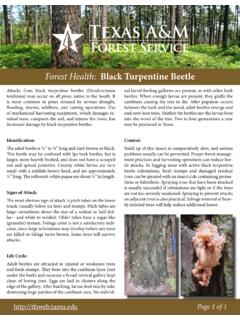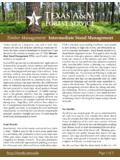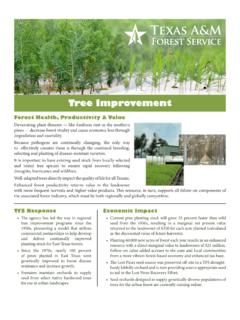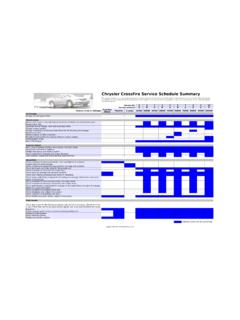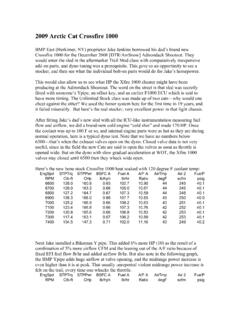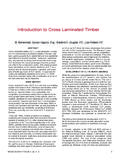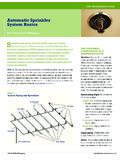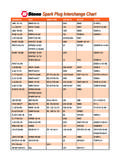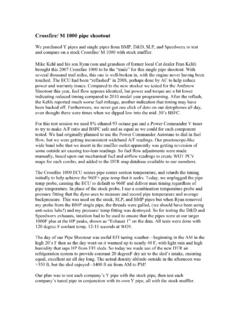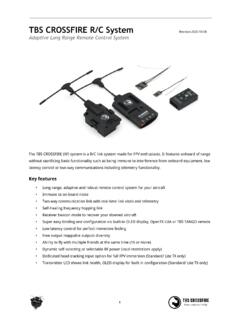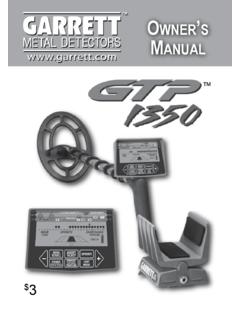Transcription of Cross Plains, Texas Wildland Fire Case Study
1 Cross Plains, TexasWildland fire Case StudyTable of ContentsAbstract ..5 Introduction ..9 Cross Plains Wildfire Event ..19 fire Time Line ..31 Case Study Methodology ..35 Study Areas ..41 Results ..79 Conclusion ..83 Appendix ..87 Literature Cited ..92 This document was prepared by Texas Forest Service Urban Wildland Interface Division and was completed on May 16, 2007. Any reproduction of this document should be copyrighted to Texas Forest Gray Urban Wildland Interface State CoordinatorMike Dunivan fire Weather/ fire Behavior AnalysisJustice Jones Team Leader Loss AssessmentKaren Ridenour GIS/FARSITE SpecialistMary Leathers Loss Assessment andKaren Stafford Loss Assessment4 AbstractOn December 27, 2005, a devastating Wildland fire raged across the northern plains of Texas .
2 On this day, the town of Cross Plains was decimated by this fire . Like so many fire seasons across the western , homes, communities and lives are increasingly impacted by these fire events. In contrast, the Cross Plains event happened in a seemingly unlikely place. The town is not surrounded by thick overgrown and over-mature forests. Nor is it located in steep, mountainous country. There are no expansive acres of public lands adjacent to the community. The town is not ripe for a fire catastrophe because of having homes of shake shingles. So why then was Cross Plains a catastrophic urban Wildland interface fire ? To answer this question, Texas Forest Service conducted a case Study of this Wildland fire event.
3 First we must understand that Cross Plains was but a moment in a fire season that totaled 515 days in length. This season resulted in the loss of 734 homes and 1,320 other structures, and it took the lives of two firefighters and 17 civilians. The case Study team reviewed several other significant interface fires in this fire season, and summaries of those events are included in the Study . The main body of the report will, in fact, center on the events of December 27 and the days following the fire . The case Study team was tasked with understanding how the interactions of the fire environment and the community led to the destruction of homes, property and lives in Cross Plains.
4 To do this, the team studied the fuels in and around Cross Plains, the weather prior to and during the event, and the structures that were impacted by fire . Detailed information on these topics and interactions are included in the main body of the Study . Fuels: The majority of fuels impacting the area were grasses. These grass fuel loadings were elevated due to changing land practices as well as a vigorous spring and summer growing seasons. Within the community, fuels were mainly short grass associated with suburban lawns and landscapes. Weather: The above-average rainfall of spring and summer 2005 started to taper off in early fall. By November 2005, drought conditions were starting to escalate.
5 For the month of December the area only received 10% of its normal precipitation. From September to December 2005, the area had only received 17% of its normal rain fall. On December 27, these drought conditions were magnified with a critical fire weather event. A cold front and corresponding dry line would result in winds in excess of 29 mph with gusts to 38. Relative humidity (RH) would plummet to 12%. These conditions resulted in extreme fire behavior, with some areas having flame lengths in excess of 30 ft. and spread rates exceeding 324 ft/min. In order to understand how this fire environment impacted the community, the area was divided into seven Study areas.
6 Within these areas, detailed information was gathered on fuels and structures. fire modeling programs were used to determine fire behavior outputs for each area. To determine the factors that allowed structures to ignite, a reverse risk assessment approach was used. This allowed the team to trace back the ignition pattern and sequence on the structure. A correlation was then drawn to determine which Wildland fire behavior factor most influenced the ignition of the structure. 5 Three main areas of construction on the homes were reviewed. Of the 85 single-family homes lost, 93% had composite roofing and 7% had metal roofs. Wood siding was found on 85% of the homes lost.
7 Surprisingly, 15% of the losses had brick siding. Pier-and-beam foundations were associated with 74% of the homes lost and 26% were on slab foundations. In addition to the 85 homes, 25 mobile homes were also lost. The majority of these homes were set on blocks, had vinyl siding and composite roofs. On the surface, the majority of the lost homes appeared to be somewhat fire resistant, having non-combustible roofs and a low amount of Wildland fuels around the structure. A closer look revealed that many of the ignitions were the result of embers collecting under the unenclosed portions of pier-and-beam foundations. The majority of structures had some sort of deck or other combustible attachment.
8 These collected embers and ignited, allowing fire to make entry to the structure. Finally, exposed openings and allowed for the collection of embers and heat to enter structures, resulting in interior ignitions. ConclusionsThe Cross Plains fire resulted in the loss of 85 single-family homes, 25 mobile homes, six hotel units and the First Methodist church. This was a devastating event for the community. The case Study pointed out some key take homes to lessen the impact of losses from future wildfire events of this magnitude. With changing land uses, fuel concentrations will continue to build. This is true for not only communities in brush and timber areas but for grasslands as well.
9 As Texas continues through the current drought cycle, we will most likely experience more of these types of interface fires. To effectively prevent devastating loss to a community, homeowners must become informed on measures to implement in the home ignition zone. Community leaders must develop and implement Community Wildfire Protection Plans (CWPP). Local response agencies must train for, and plan and execute a rapid coordinated response to all Wildland incidents. Continued fire occurrence is assured; it will take cooperation and action from homeowners, community leaders and response agencies prior to a Wildland event to most effectively protect homes and lives in the would like to thank Mike Dunivan, Justice Jones and Karen Ridenour for their dedication and diligence in the reviewing of the data and assembling it into the text of this case Study .
10 Also, my thanks go to the rest of the UWI team who spent countless hours in gathering the information and developing the theories found C. GrayState Urban Wildland Interface Coordinator Texas Forest Service 6 Dedication Unfortunately, the fire came too fast and furious to evacuate two residents Maudie L. Sheppard, who lived on County Road 421, and Maddie Fay Wilson, who lived on 8th Street. Sheppard, 95, was bedridden and her family was unable to reach her in time. Wilson, 67, was a retired schoolteacher who was trying to escape when the firestorm consumed her home. We want to extend our thanks to all of the emergency personnel, volunteers and families that contributed their time and efforts to help all the families in Cross Plains.


